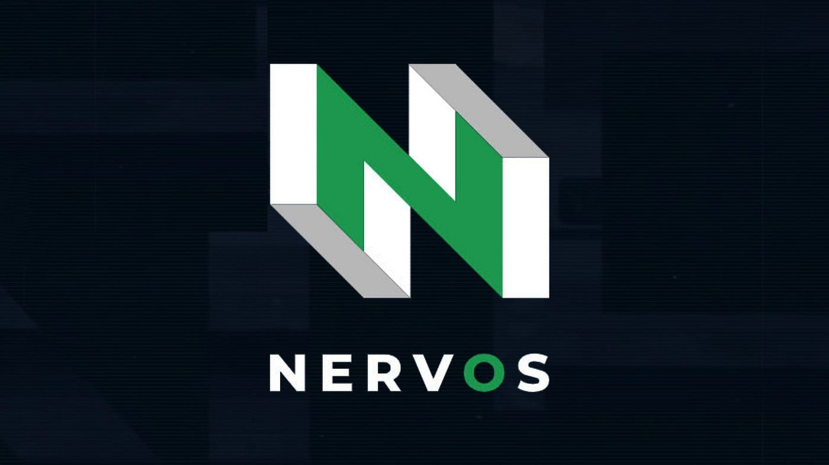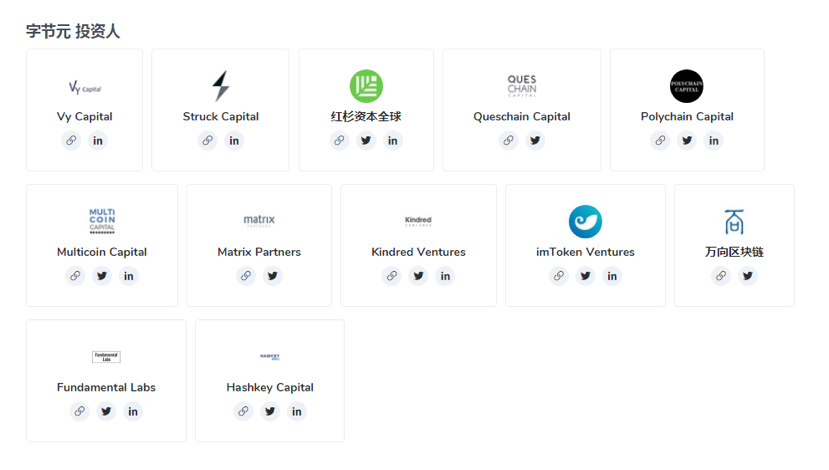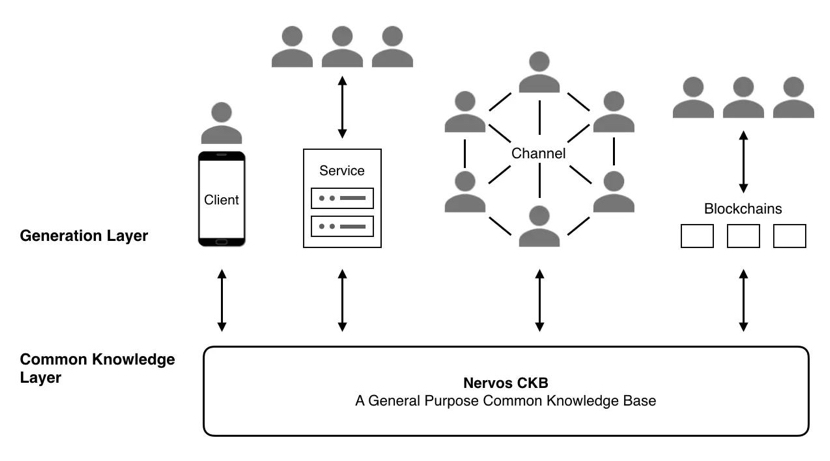Introduction
Nervos Network was established in 2018 as a decentralized blockchain platform project. It uses a dual-layer network architecture to achieve scalability, security, and decentralization, aiming to lay the foundation for decentralized financial systems.
As a decentralized, open-source blockchain platform, Nervos Network is committed to providing sustainable and secure infrastructure for decentralized applications (DApps) and blockchain-based services. Nervos Network employs a unique dual-layer network architecture that separates the storage and computation functions of the blockchain, enhancing scalability while ensuring the network's security and decentralization.
Financing
2018-07-18 Nervos Network completed $28 million in Series A financing
2019-10-24 Nervos Network completed $72 million in public offering round financing
During the two rounds of financing, Nervos Network raised $100 million, with significant investments from well-known investment institutions such as Polychain Capital, Sequoia China, Wanxiang Blockchain, and Blockchain Capital, making Nervos Network a favorite among many renowned capital firms.
Scalability has always been a fundamental challenge faced by the blockchain field, and Nervos Network has taken a proactive approach to address this challenge. In its design, Nervos considered scalability, adopting a layered architecture that includes an L1 blockchain (Common Knowledge Base, CKB) that can be scaled through payment channels and RGB++.
The Cell model is an improved version of the Bitcoin UTXO accounting model, and CKB-VM is a customized virtual machine that supports the layered design of the network. CKB-VM provides a flexible execution environment for initiating transactions or building applications on the network. This design allows the network to achieve vertical scaling by running dedicated components at each layer, similar to a modular blockchain.
Token ModelCKB token is the native cryptocurrency of the Nervos Network, playing a role in facilitating transactions, paying transaction fees, and incentivizing network participants.
The introduction of the RGB++ protocol allows CKB to support multi-asset cross-chain issuance and circulation, which has unique advantages in the BTCFi ecosystem. The RGB++ protocol enables 'bridge-less' cross-chain, meaning assets can be transmitted between chains without intermediary bridging, thus ensuring greater security for cross-chain transactions. This innovation not only eliminates trust issues in traditional asset cross-chain processes but also reduces transaction delays and fees caused by multiple chain bridges.
In summary, Nervos Network enhances the experience on the local Bitcoin chain without increasing complexity or compromising decentralization. Its technology is at the forefront of the BTC-L2 track, and its long-term focus on the UTXO model has created a solid technical barrier. Therefore, Nervos Network's future development is worth looking forward to. #CKB empowers the Bitcoin ecosystem.